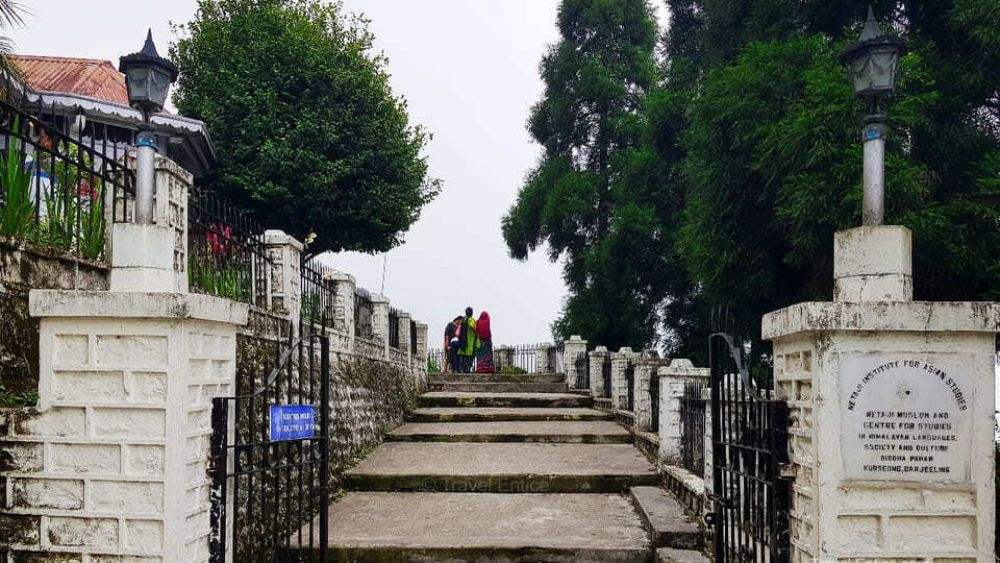

The quaint hill station of Kurseong in West Bengal, India, has been a retreat for those looking to escape the scorching summers of the plains since the British colonial era. Kurseong, which means "The Land of White Orchids," has long attracted visitors with its mild climate, scenic vistas, and lush tea gardens. The establishment of the Darjeeling Himalayan Railway in the 1880s, now a UNESCO World Heritage site, further boosted Kurseong's popularity among tourists seeking the tranquility and beauty of the lesser-known parts of the Himalayan foothills.
Among Kurseong's various attractions, the Netaji Subhash Chandra Bose Museum stands as a testament to one of India's most revered freedom fighters. The museum is housed in a historic structure, which once served as the residence for Netaji during 1936 when he was suffering from tuberculosis and needed a place for recuperation. Giddha Pahar, the house's location, not only offered a conducive environment for his recovery but also played a pivotal role in his political activities during that time.
The home, also known as Gidda Pahar Bungalow, was later converted into a museum to honor Netaji's legacy and open its doors to tourists and history enthusiasts alike. The museum features a collection of artifacts, documents, and personal belongings of Subhash Chandra Bose. Visitors can explore photographs, letters, and articles that provide a deeper understanding of his life and his contribution to India's independence movement.
In recent years, there has been a surge in thematic and heritage tourism, with travelers seeking destinations that offer immersive cultural and historical experiences. Taking cue, the Netaji Museum has become a significant attraction for those interested in the country's struggle for independence. Additionally, the increasing popularity of eco-tourism has led to more tourists combining their visits to historical sites like Netaji's museum with treks and tours of the surrounding tea gardens and conservation areas.
For travelers eager to visit the Netaji Subhash Chandra Bose Museum, it is accessible by road from the center of Kurseong. Opening hours and entry fees are subject to change, and visitors are advised to check the latest information prior to their trip. The best time to visit Kurseong is between March to June and September to December when the weather is most favorable.
As tourism continues to evolve in Kurseong, those planning a trip to the Netaji Subhash Chandra Bose Museum should consider engaging with local guides and historians to gain a richer understanding of this hero's story. Moreover, staying in traditional homestays and participating in local community events can enhance the overall experience of visiting this historic destination.
Beyond the museum, Kurseong offers a variety of other attractions including tea estate tours, trekking opportunities, and exploration of local flora and fauna, making it a comprehensive destination for a range of tourist interests.